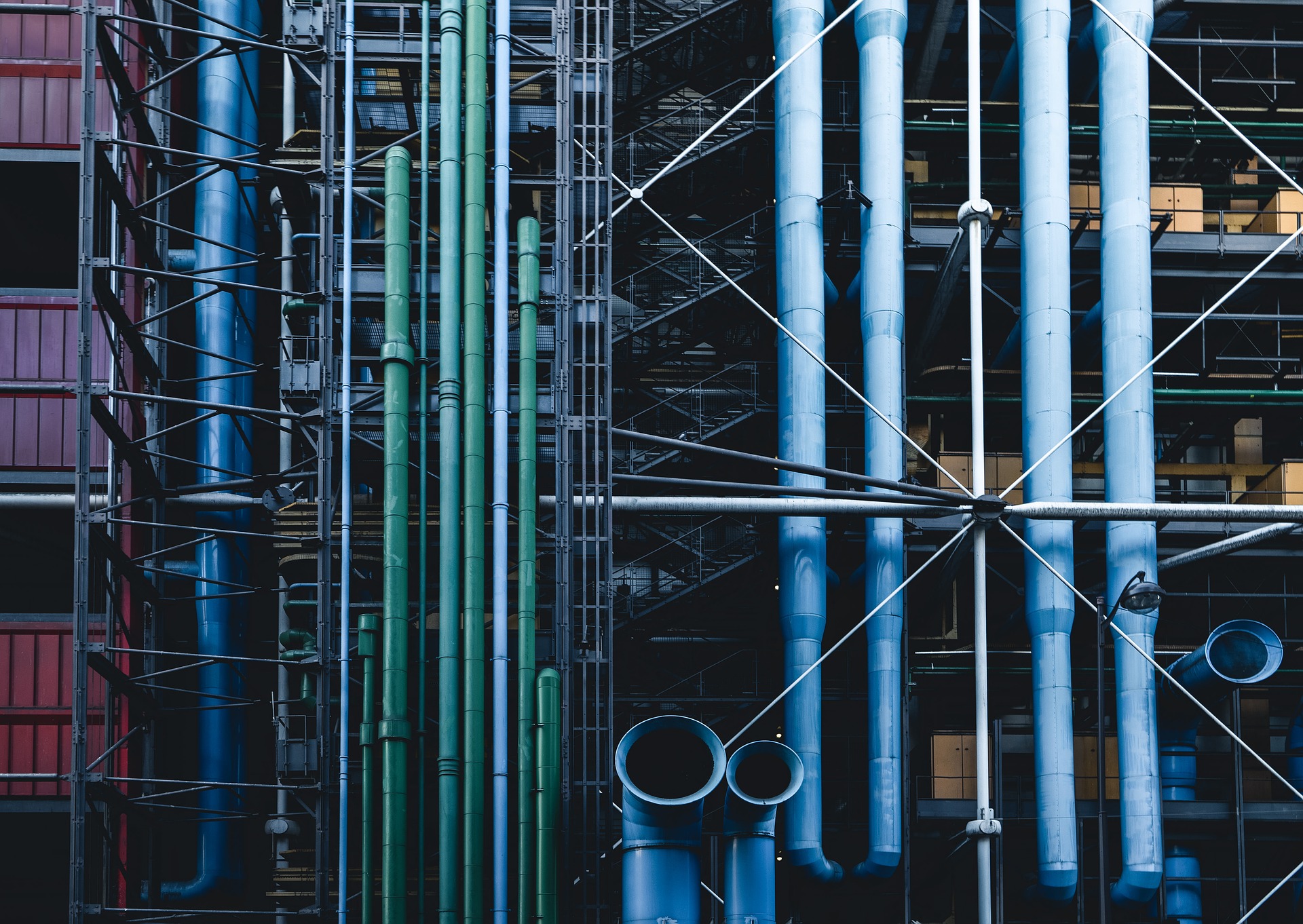There are two main methods of curing a liner in CIPP – water inversion and steam. Water inversion has been in use for a large amount of time. It is the traditional method of curing a liner and is very effective indeed. Steam, on the other hand, is a relatively new method that is being adopted by multiple companies. It has also shown very good results in the field and is fast becoming one of the best new ways to cure liners. What are the advantages of steam CIPP liner curing compared to water? Here are some of the answers.
How Traditional CIPP Lining Methods Work
In the conventional CIPP water inversion method, water pressure is built using a scaffold tower. This tower is used to hold the lining over the level of the pipe that is being replaced. When the liner is filled with water and the inversion is completed, the water is heated. This hot water starts curing the lining of the pipe over time. This is an outdated method that has since been replaced with pressure pump units that don’t require the liner to be raised. Water heating and the curing thereof, have been used in many thousands of applications around the world. This method has experienced many problems, none of them severe.
Why Steam Could be the Better Option
Before steam was used, heated air was pushed through the liner in an attempt to cure it without the use of water. The heated air had multiple advantages over water, including being more efficient. Compressors are able to pump more volumes of air into the pipe over time than water. This means less energy is consumed to cure a certain length of piping when using air heating. However, this CIPP lining method is now being phased out in favor of steam lining. Steam is mainly used for pipes with smaller diameters, and water inversion is still used for larger pipes.
Steam Flow Can be Controlled
One of the biggest perks of steam over water is that it can be controlled and heated to higher temperatures than water. It can also transfer heat energy over better because there are more particles in a unit volume of space than air has. This means that the lining of a pipe can be heated up to over the boiling point of water, curing the resin twice as fast as water can. The rate of cooling is the same, but the steam has to be held for a shorter time to achieve the same curing level as the water would.
Curing Takes Place Independently of Installation
This is a huge benefit because of the tremendous amount of time that is saved. Using steam curing means the curing unit is separate to the installation unit. The scaffold tower used in water inversion has to be held in its position until the lining has been cured. With steam CIPP lining, this isn’t an issue. The scaffolding can be removed and new linings can be installed elsewhere. This saves a lot of time by accomplishing the tasks in an assembly line format. Time is money in the construction world.
Among the many benefits of the steam based CIPP lining method, you gain time savings, controllable flow, and more efficient work. Steam does, however, have the disadvantage of spreading too thin in large-diameter pipes. Because of this, it is better off when used for small diameters of piping. With the use of both water and steam methods in a project based on pipe diameter, maximum efficiency can be achieved.
